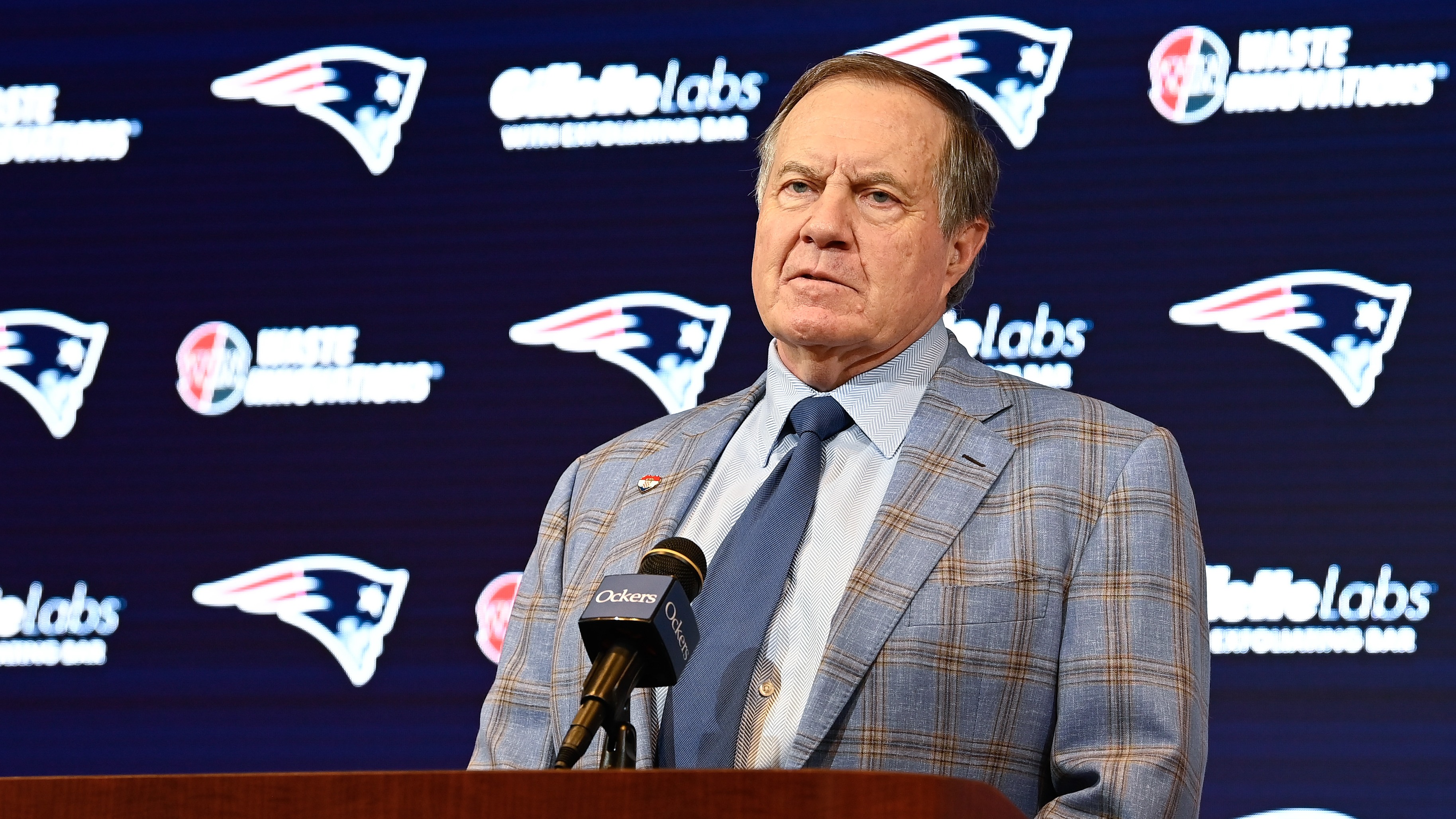Why didn’t the Patriots use their final timeout Sunday night after a completion to Julian Edelman gave them first-and-10 at the Seahawks 13 with 29 seconds left and the clock rolling?
Because they didn’t need to. And when you look at the way it played out, it was the right decision by Bill Belichick and Josh McDaniels.
They threw to Julian Edelman in the end zone with 13 seconds left and the would-be game-winner whizzed through Edelman’s hands. They threw in-bounds to N’Keal Harry for a 12-yard gain down to the Seattle 1 and then used the timeout for an all-or-nothing final play with Newton.
Stay in the game with the latest updates on your beloved Boston sports teams! Sign up here for our All Access Daily newsletter.
Could they have executed the final half-minute differently? Yeah. Multiple correct answers existed.
It’s too bad Belichick wasn’t down to explain it when asked Sunday night by NESN’s Doug Kyed about the way the Patriots did it. After starting with an exhausted-sounding, “Yeah, well …” he just petered out and let about 20 seconds of silence tick off before the video conference moved on to the next question.
Circling back Monday afternoon, Belichick was more revelatory.
“We were able to stop the clock and get the play run that we wanted to run that was the critical play in the game,” he said. “That’s the position you want to be in, not having to race up to the ball and try to come up with something especially on the 1-yard line at the last second. It’s doable but it’s hard to do.”
New England Patriots
Keeping the timeout left the Patriots more options in case things went sideways with any of their last few plays. A fumbled snap. A free rusher causing a strip-sack that the Patriots recovered. A forced scramble by Newton (unlikely, but play along). If any happened without a timeout, it’s a fire drill to get organized and up to the line.
It also – as we saw in SB49 – puts pressure on the opposing coaching staff. Why take them off the hook when things are going well?
Patriots Talk Podcast: Patriots take big loss to Seahawks, but also a big step forward | Listen & subscribe | Watch on YouTube
You can make the case for the Patriots clocking it. A spike would have stopped the clock and given the Patriots second-and-10 at the 13 with about 20 seconds left once they got to the line if they were hurrying. They would then have three plays from the 13 with about seven more seconds to execute. But it’s the potential of having all four downs if you need them that you lose.
Six of one, half-dozen of the other.
But using the timeout there would have meant trading control and inviting in more variables.
“When you have a team on the run in the two-minute drill and you can go to the line and run the play you’re familiar with running and score while they’re scrambling a little bit, there’s certainly some merit to that,” Belichick added.
I’m not sure which play he was referring to – I’m guessing the one to Edelman that went incomplete.
Ninety-nine percent of the time, the Patriots coaching staff has a thought-out reason for what they do. It may be counterintuitive. It may go against odds and analytics and seem like they’re mucking up – as it felt when they didn’t use a timeout in the waning seconds of SB49 and instead put the heat back on Seattle’s sideline.
Curran: Patriots are already way ahead of schedule
But that’s why a big-brain matchup between two PROGRAMS with the institutional knowledge New England and Seattle have is so much more compelling than your garden variety Jaguars vs. Broncos. There’s next-level strategy going on. There are All-Pro, Pro Bowl and even HOF-level players in key positions on the field.
Look at what Seattle chose to do in that Super Bowl. They had three timeouts following the two-minute warning. They wasted a timeout after an incompletion with 1:49 left and then spent their second after the Jermaine Kearse catch put them at the Patriots 5 with 1:06 left. They ran Marshawn Lynch, he got to the 1 and the Patriots refused to call timeout as the clock ticked down under 30 seconds.
Pete Carroll chomped his gum even harder.
If Seattle ran it again and didn’t get in, they’d have to burn their timeout with about 20 seconds left.
Then the Seahawks would be performing without a net. They were still in a great spot, but they’d lose the run-pass threat a little bit and their cushion just in case something went wrong. So Seattle chose to preserve the timeout and threw it from the 1. Worst-case, it would fall incomplete, right?
NFL analyst high on Pats' potential with Newton: 'Superman has returned'
In essence, the Patriots did Sunday night what the Seahawks did almost six years ago. They squatted on their timeout just like the Seahawks did.
And while it didn’t work out for the offense in either situation – spectacularly, historically, legendarily in Seattle’s case – it wasn’t the wrong thing to do.


